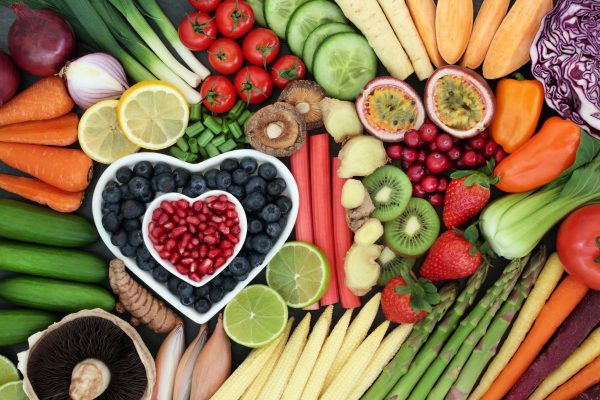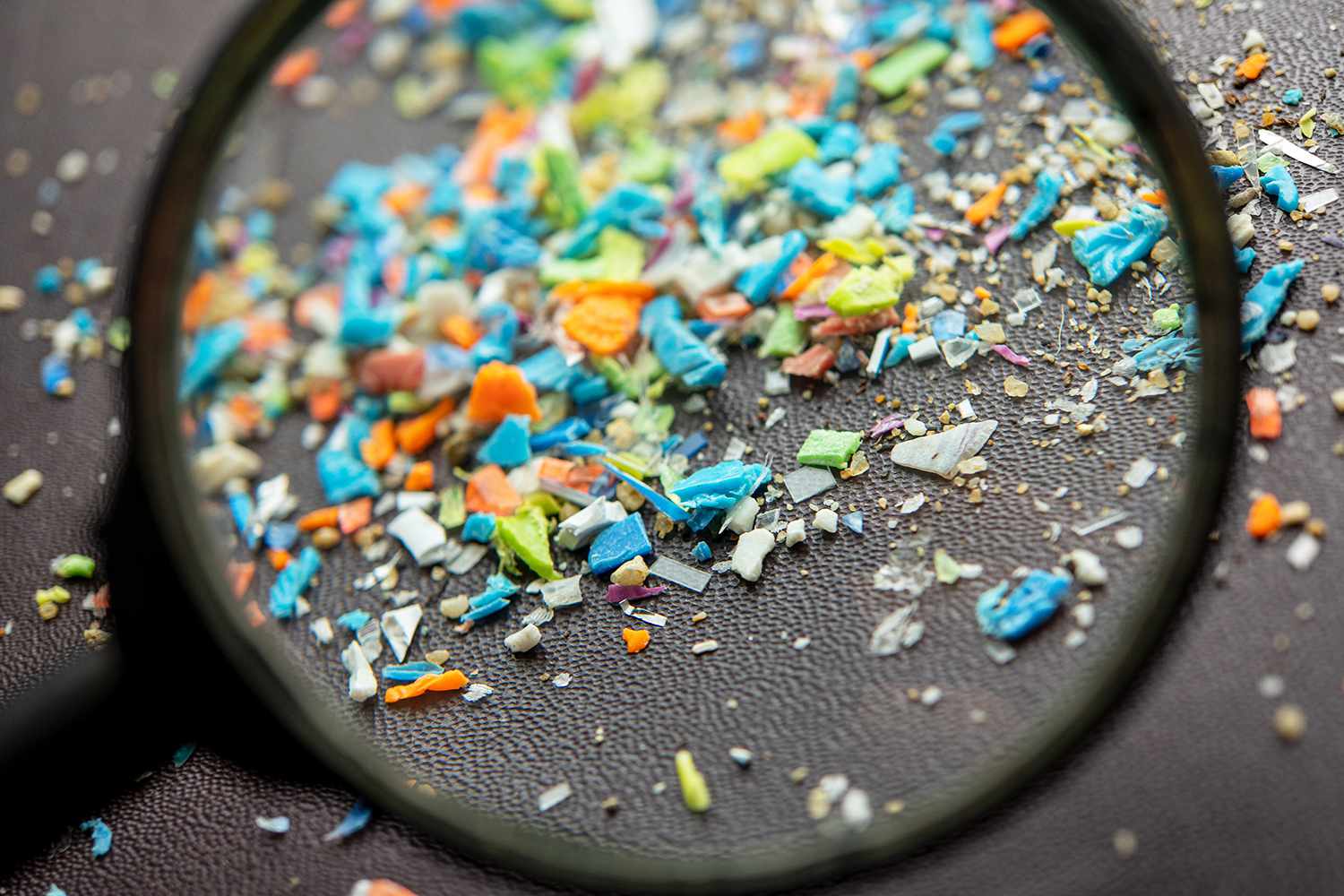As more and more research comes out, consumers are realizing what they are putting into their body. These unnecessary and deceptive additives lead to deceitful processing methods. It’s time to explore how the very sustenance we rely upon may be poisoning us secretly. Going behind the scenes of food production, where profit often overrules safety, and ignorance becomes the currency of consumption.
A Youtube video posted two months ago titled “MIND BLOWING CONSPIRACY THEORIES” by popular YouTuber, Shane Dawson, revealed some of the tragic realities and outcomes of what we are putting into our bodies. In the video, Shane goes through research revealing that an alarming 90% of our food contains cancer-causing microplastics. These microplastics and other harmful chemicals have been linked to various side effects such as: birth defects, cancer, diabetes, infertility, and neurodevelopmental disorders.

In addition, he theorizes that the rise in ADHD among Gen Z individuals may be linked to the dyes and chemicals present in our food. The 2007 study by the United Kingdom’s Food Standards Agency found that consuming foods with certain dyes could heighten hyperactive behavior in children, particularly among the earliest ages of 3 to 9 years of age. This study underscores the importance of doing more research about the effects of artificial color additives, and its effect on children’s behavior and health. WebMD goes into detail about this idea that the link between food coloring and hyperactive behavior in children has been studied for decades, giving us mixed results. While there is no definitive evidence directly connecting food coloring to ADHD, some studies suggest a possible association.
There are many different studies and research that have been done to try to warn people of what they are putting into their bodies. The Netflix documentary “Poisoned: The Dirty Truth About Your Food,” serves as a call to action for officials to address the dangers posed by foodborne illnesses which has claimed thousands of lives annually in the US. It exposes issues within the food industry and regulatory system. The documentary strongly urges viewers to take action for safer food.
A local SCV nutritionist, Candice Jindar, whose main priority of her job is to make sure her clients are eating healthier, non-processed foods, told The Grizzly Gazette, “Nutrition plays a vital role in maintaining our overall physical and even mental health. By consuming and giving ourselves those essential nutrients that our body needs, our body is able to function properly and its best. A good balanced diet with fruits and veggies, the right amount of proteins, etc can help prevent those chronic diseases we see so much in the US.”

Jindar adds “ We should try as a whole community to strive for a healthier and advocate for a more transparent food production system. I know it’s hard because we are so busy in our day-to-day lives but maybe instead of getting takeout, make something you have at home.”
Our world is never going to stop progressing and advancing in every field, especially the food industry. To understand why there are so many chemicals and additives in our food, an article by EFSA goes into depth about why there are so many chemicals and additives in our food, stating ,“Chemical substances can play an important role in food production and preservation.” These food additives can extend the shelf life of foods and the other additives such as colors, which make food more attractive and appealing to consumers.
EFSA adds, “Flavorings are used to make food tastier. Food supplements are used as sources of nutrition.”

Let’s take a look at the infamous Walmart Great Value Ice Cream Sandwich. This sandwich became huge on the internet because it was discovered that it does not melt due to chemicals and preservatives used. This is a very great example of how far the industry is willing to go to produce fast easy food.
So then is it really about money? Or making tasty food more accessible?
It’s hard to say, but given the research this food they are producing isn’t about making it nutritious.



